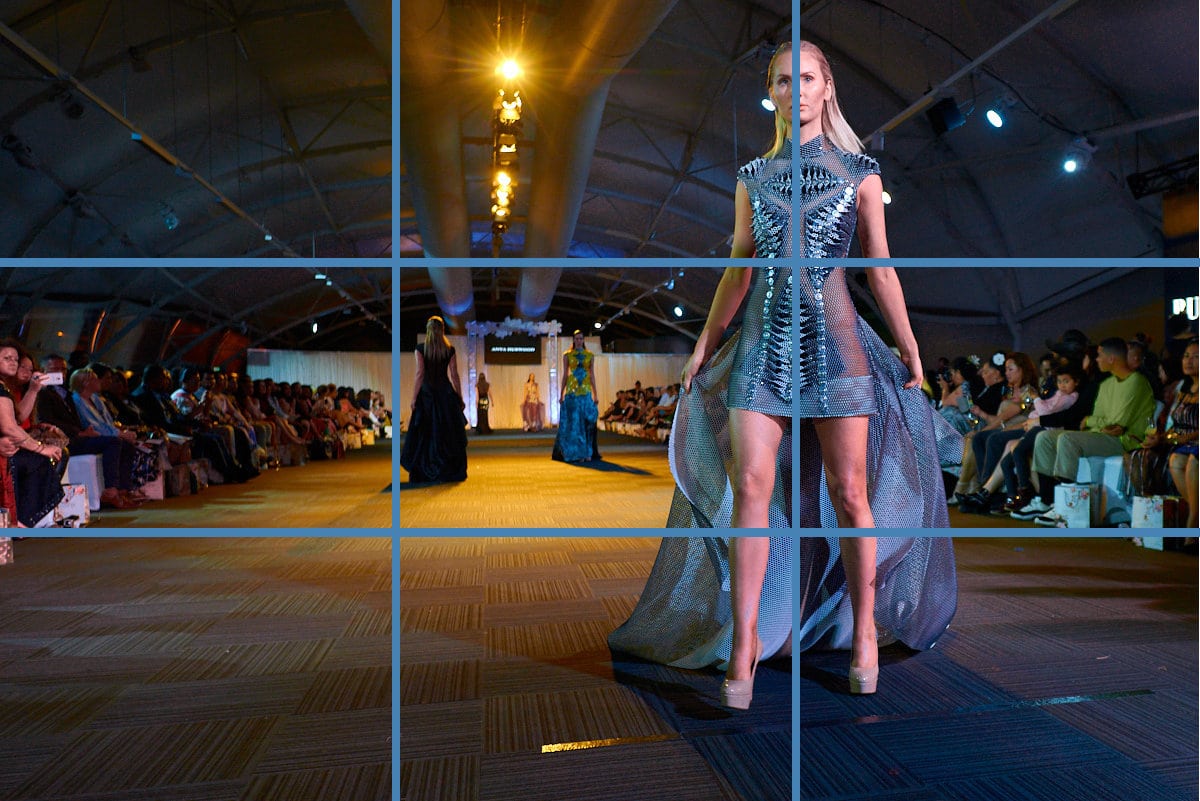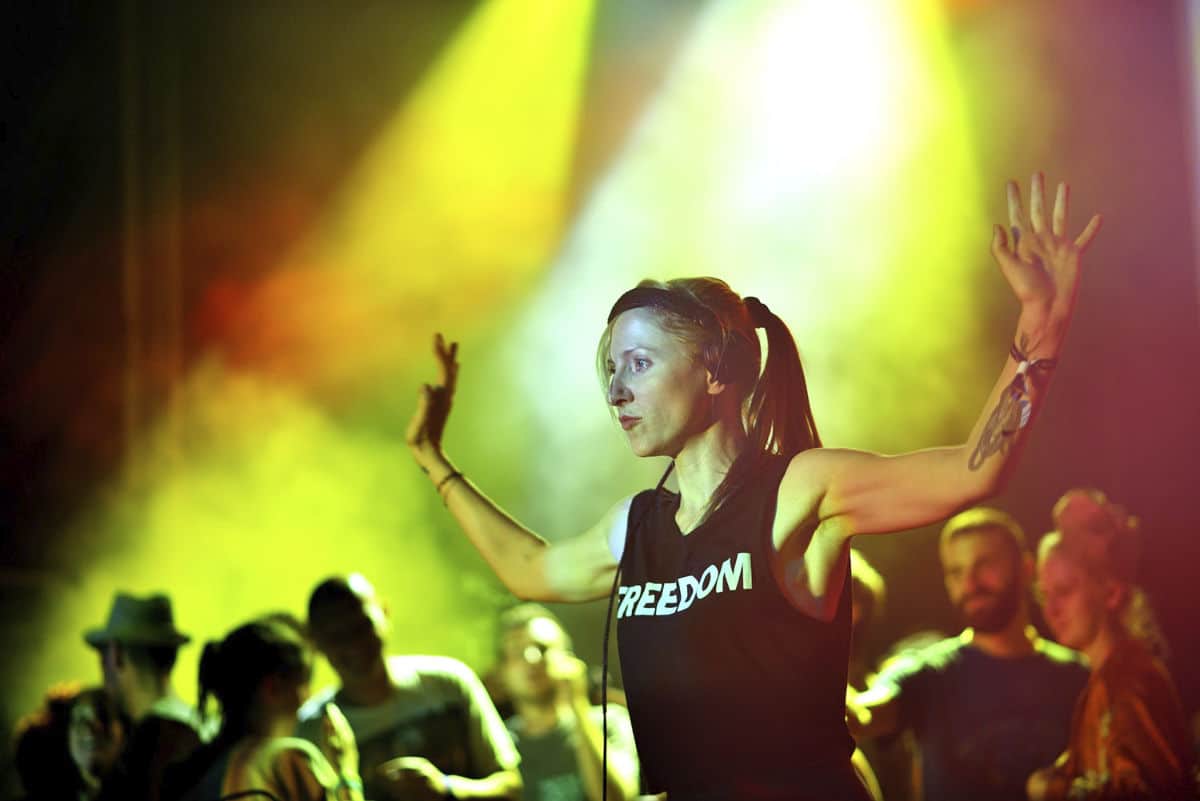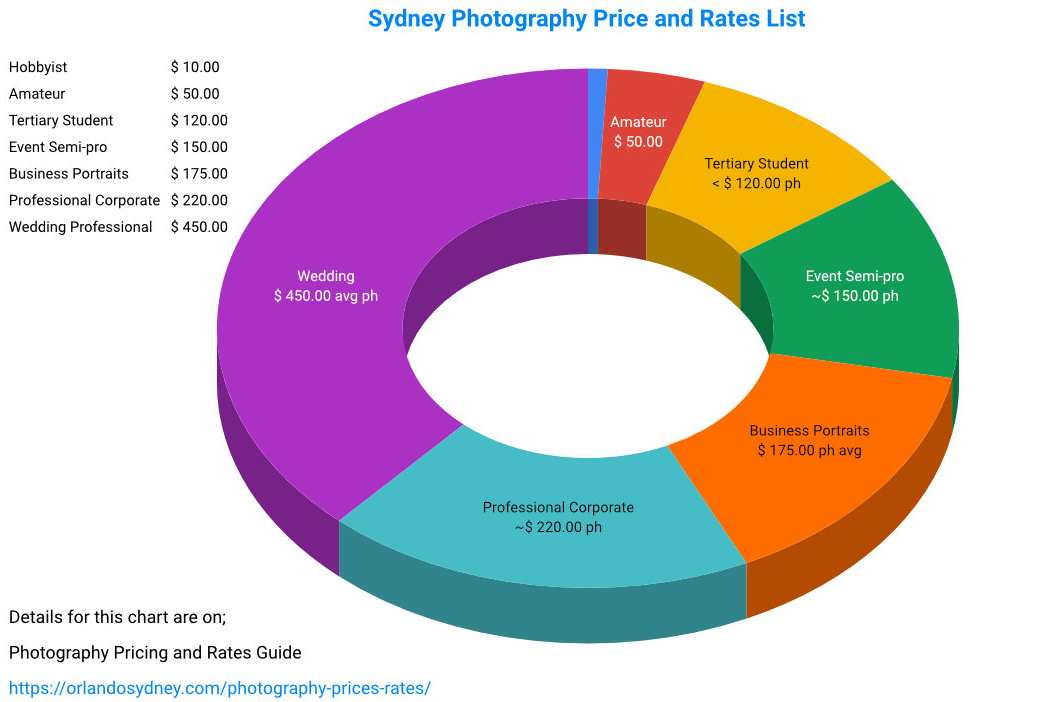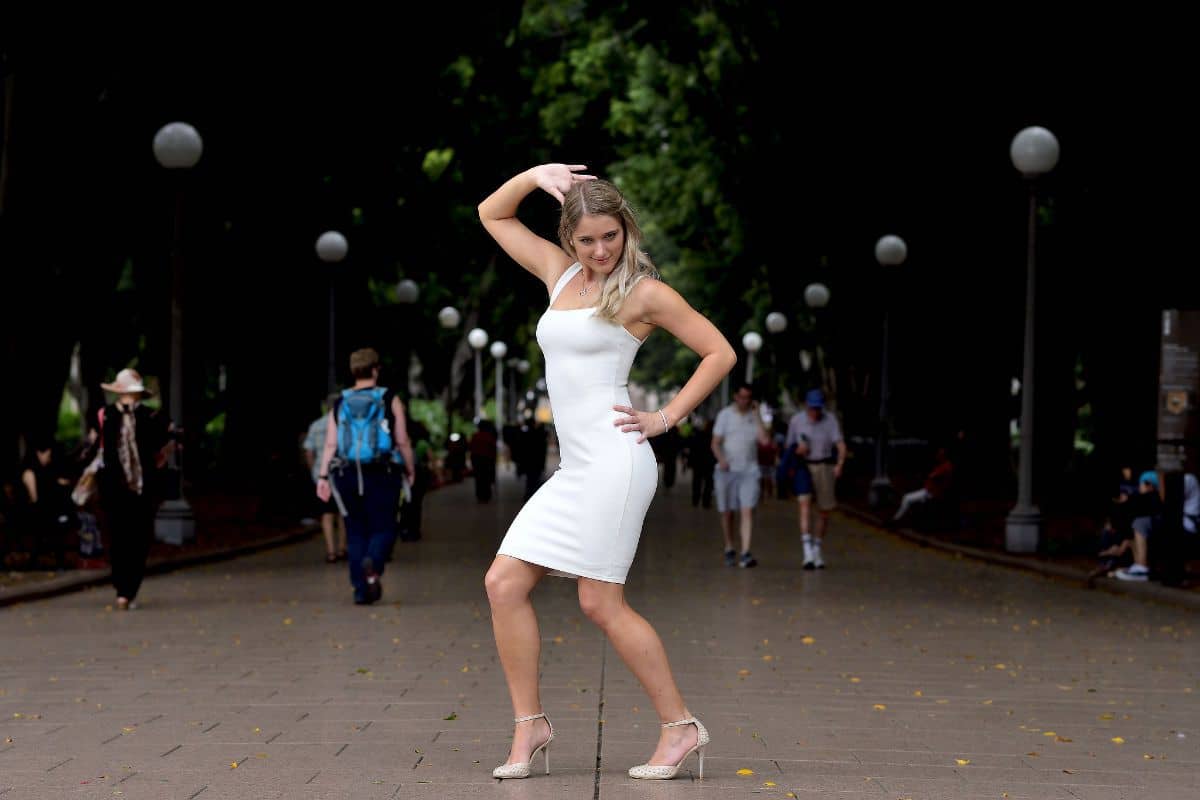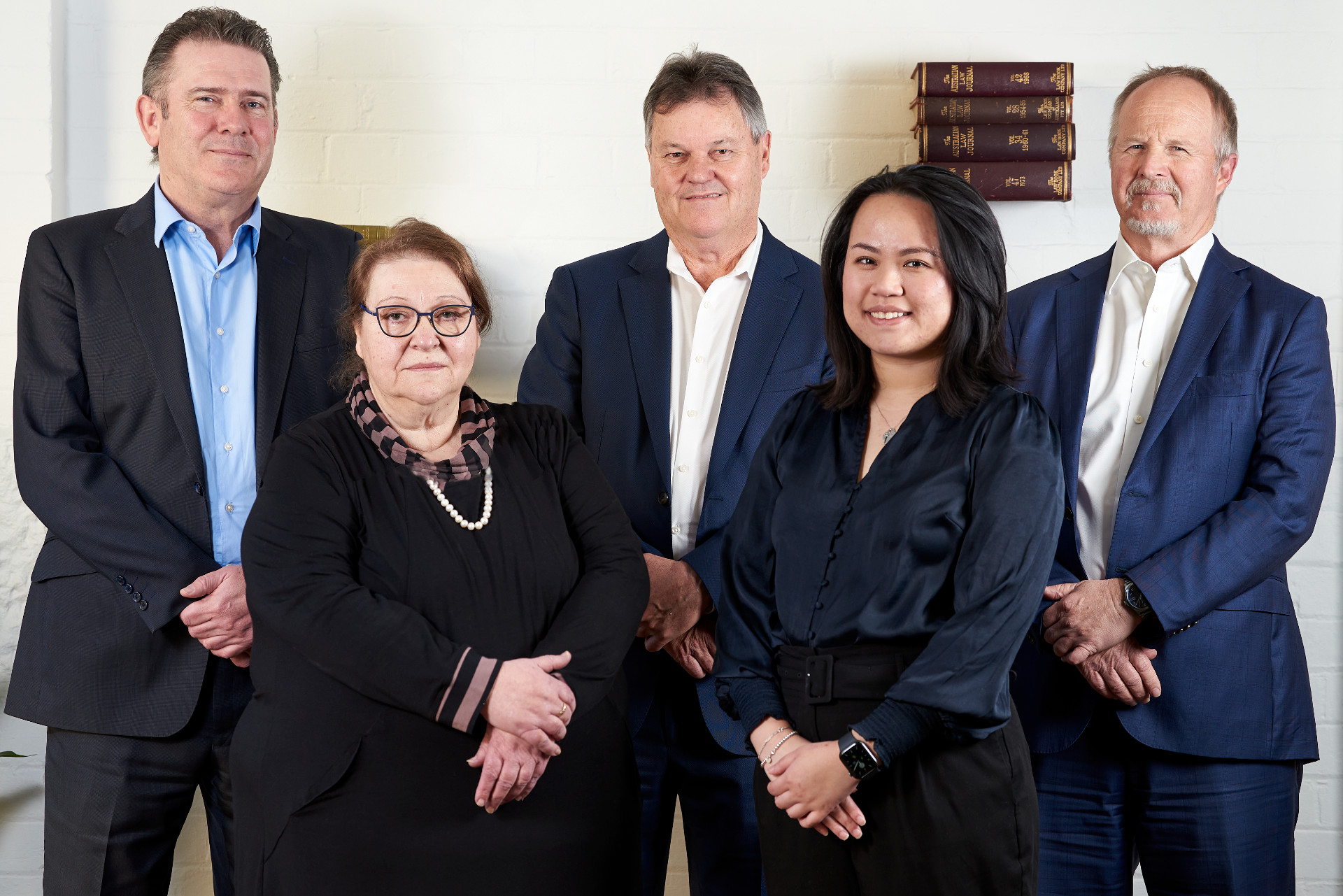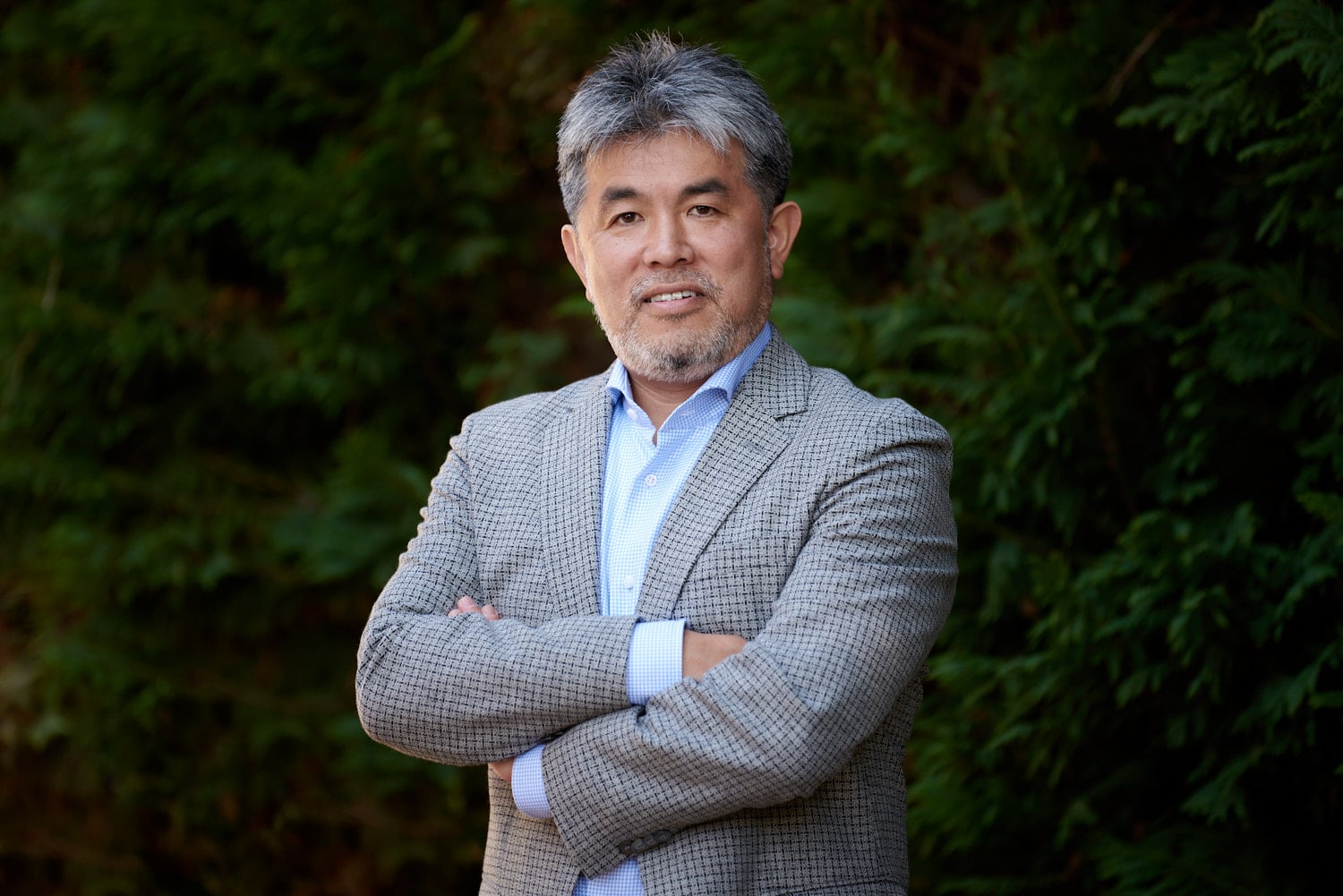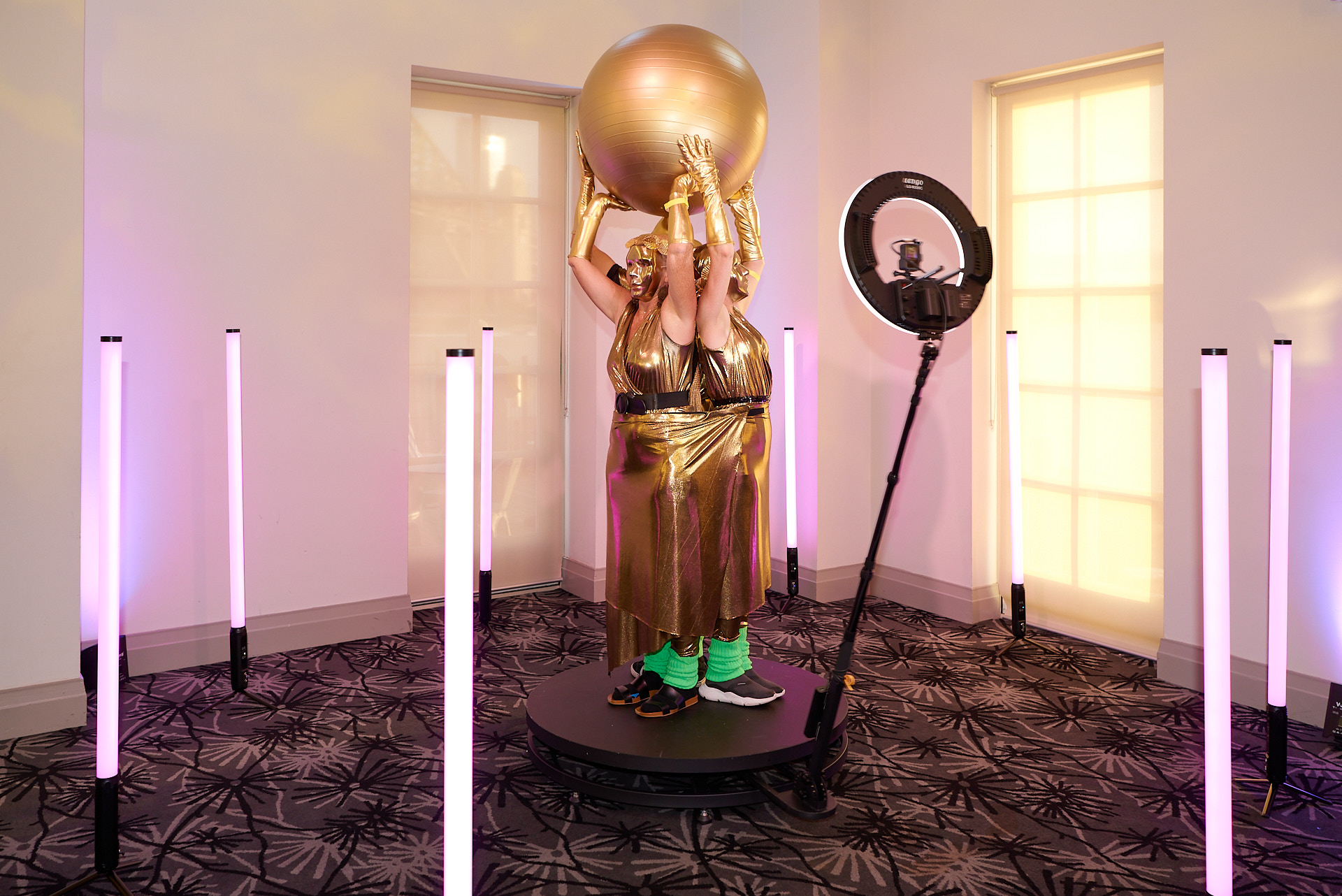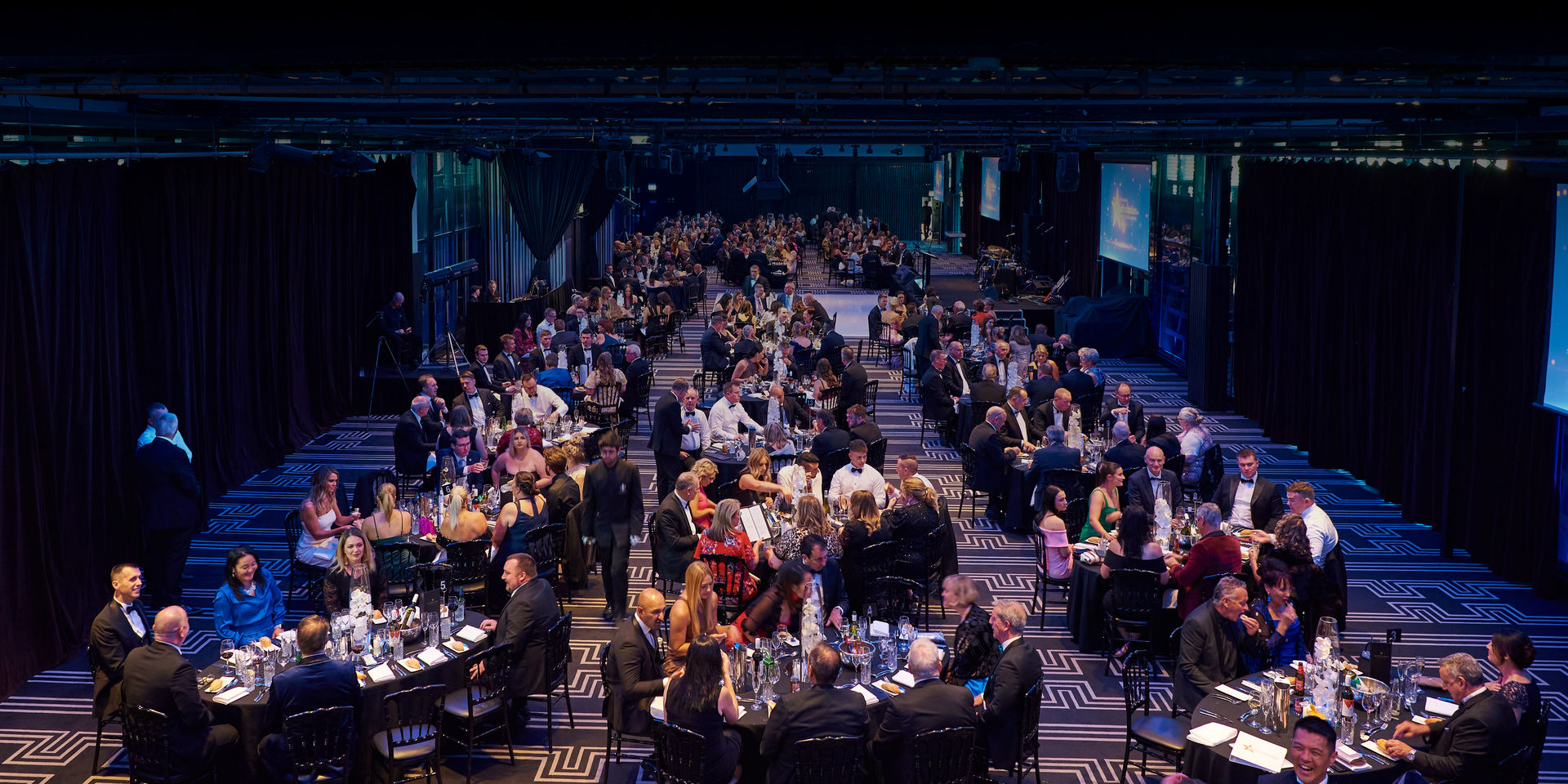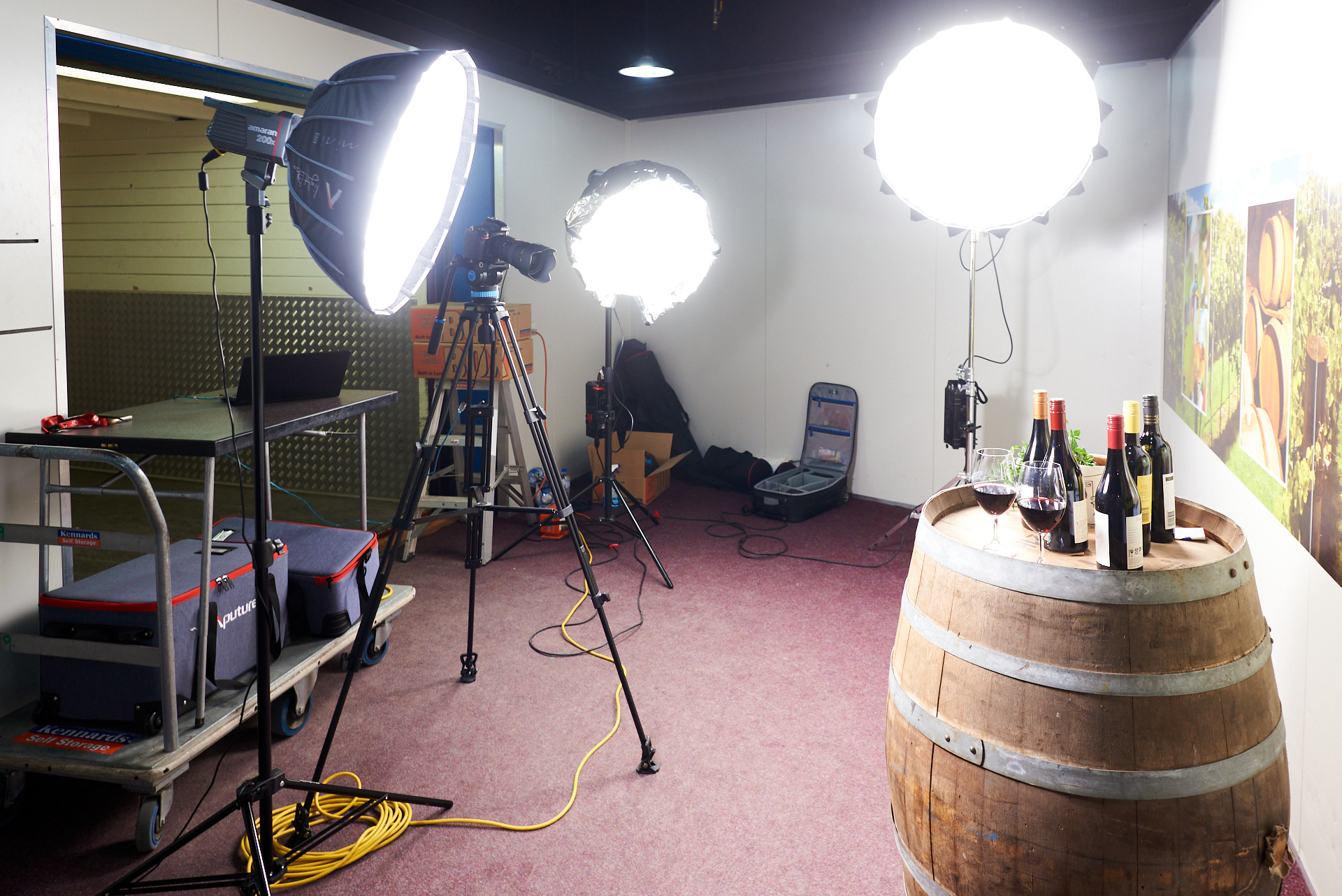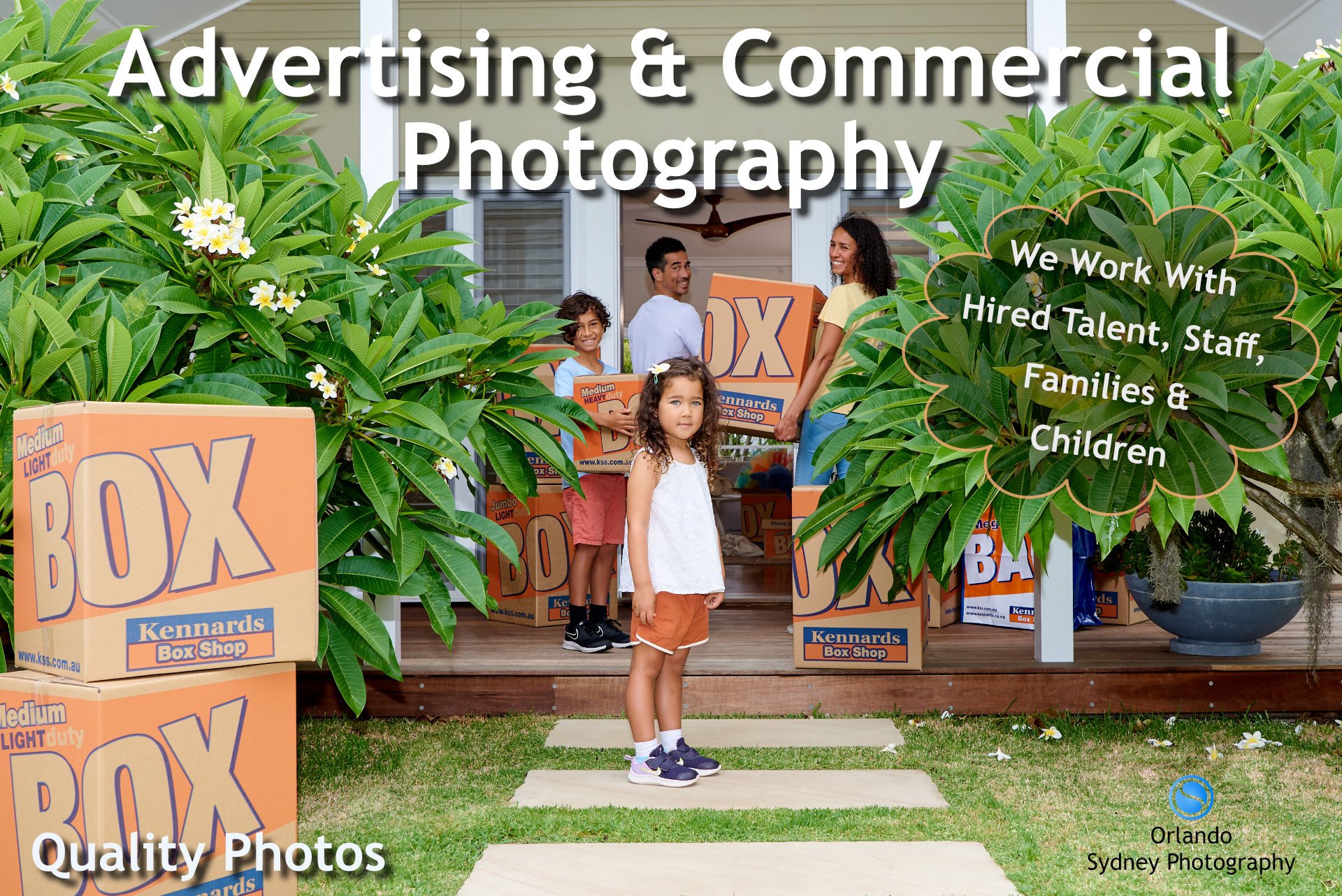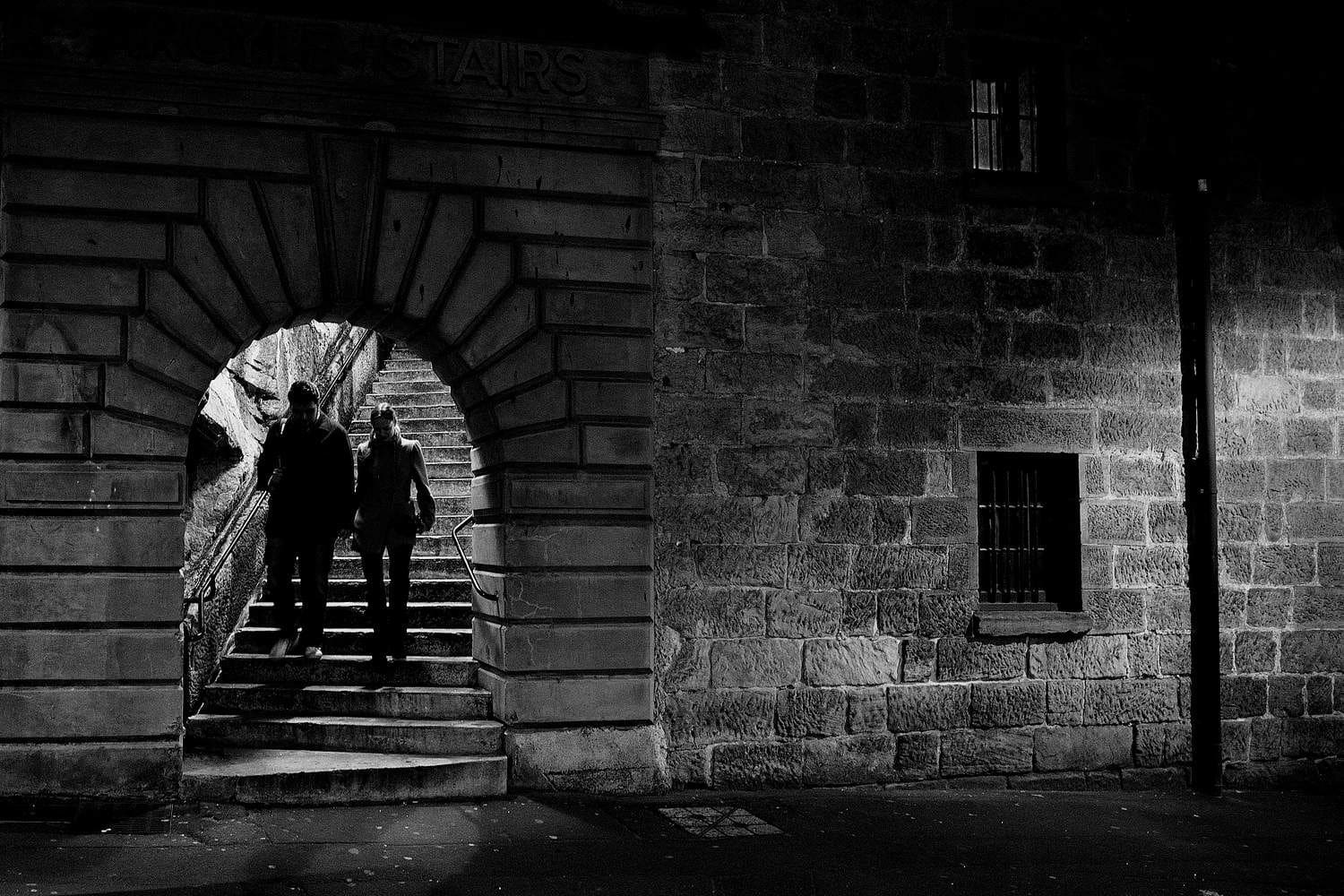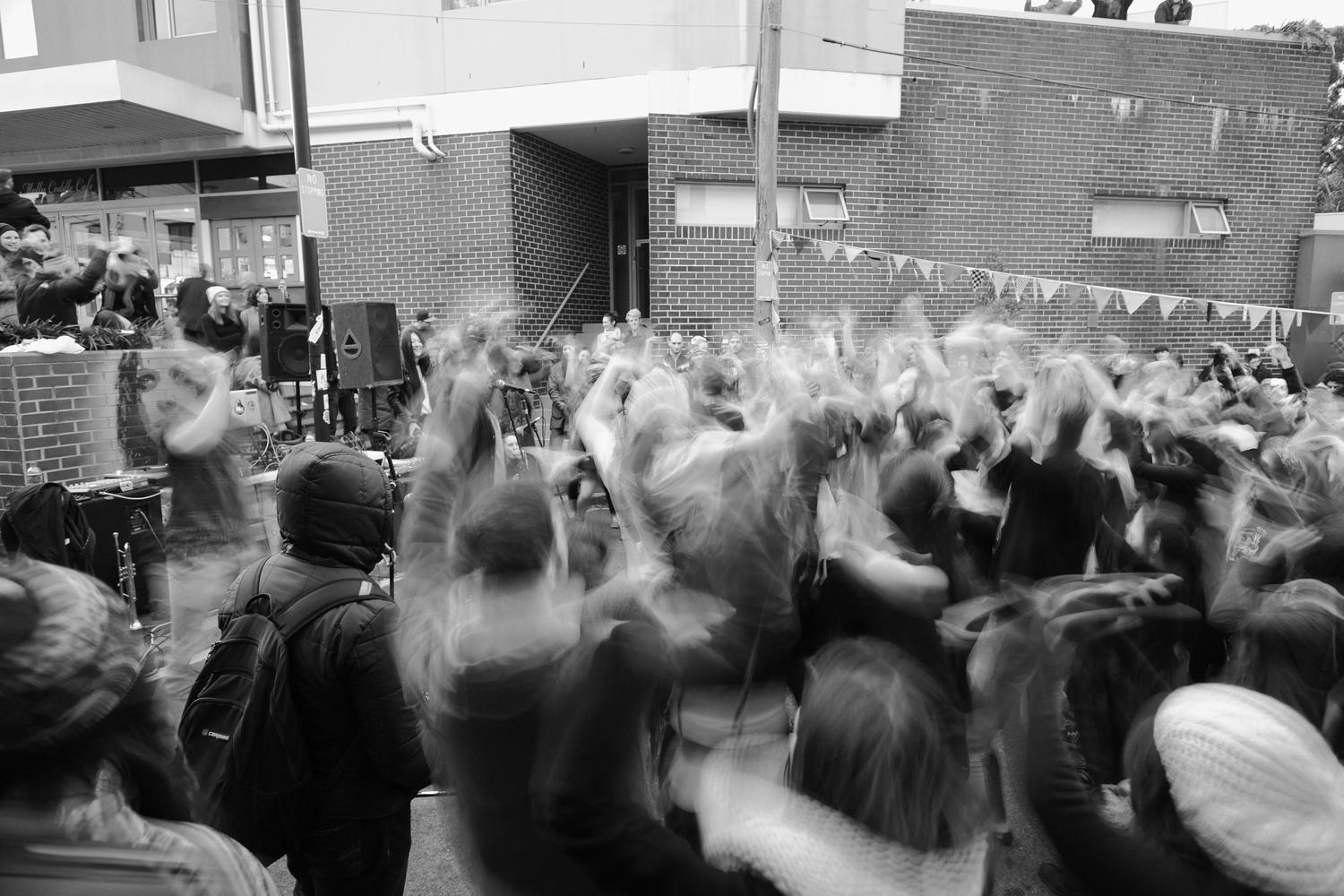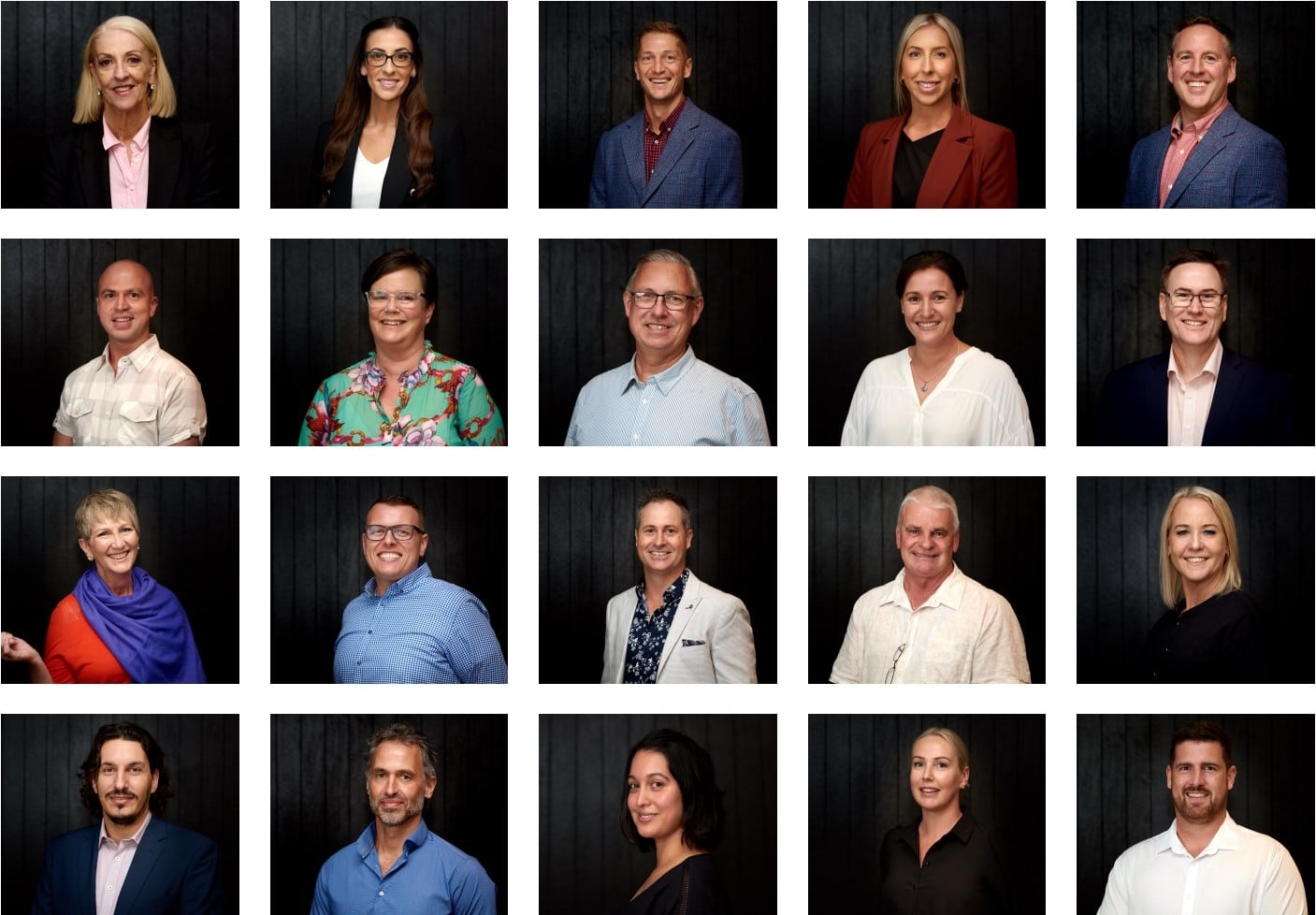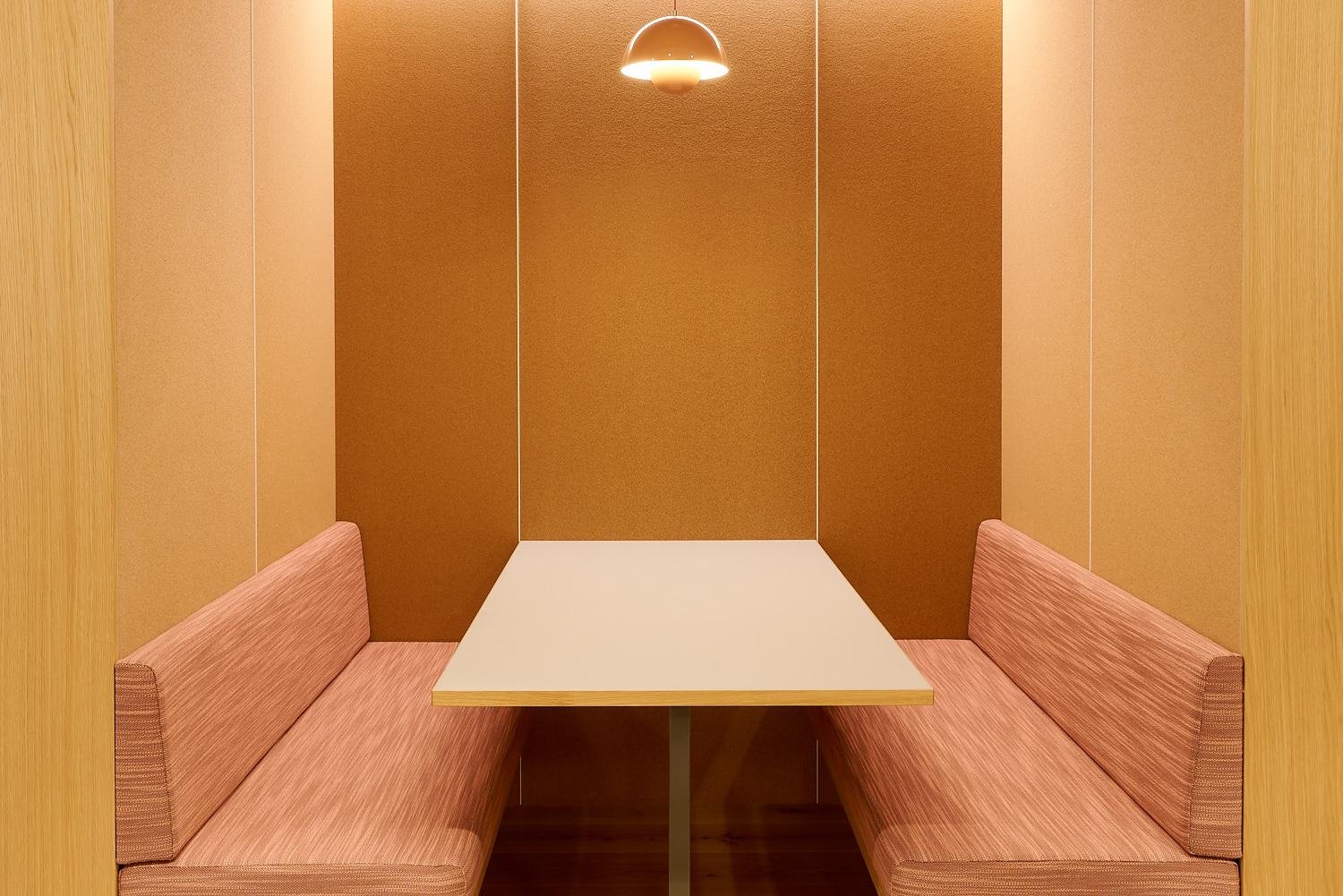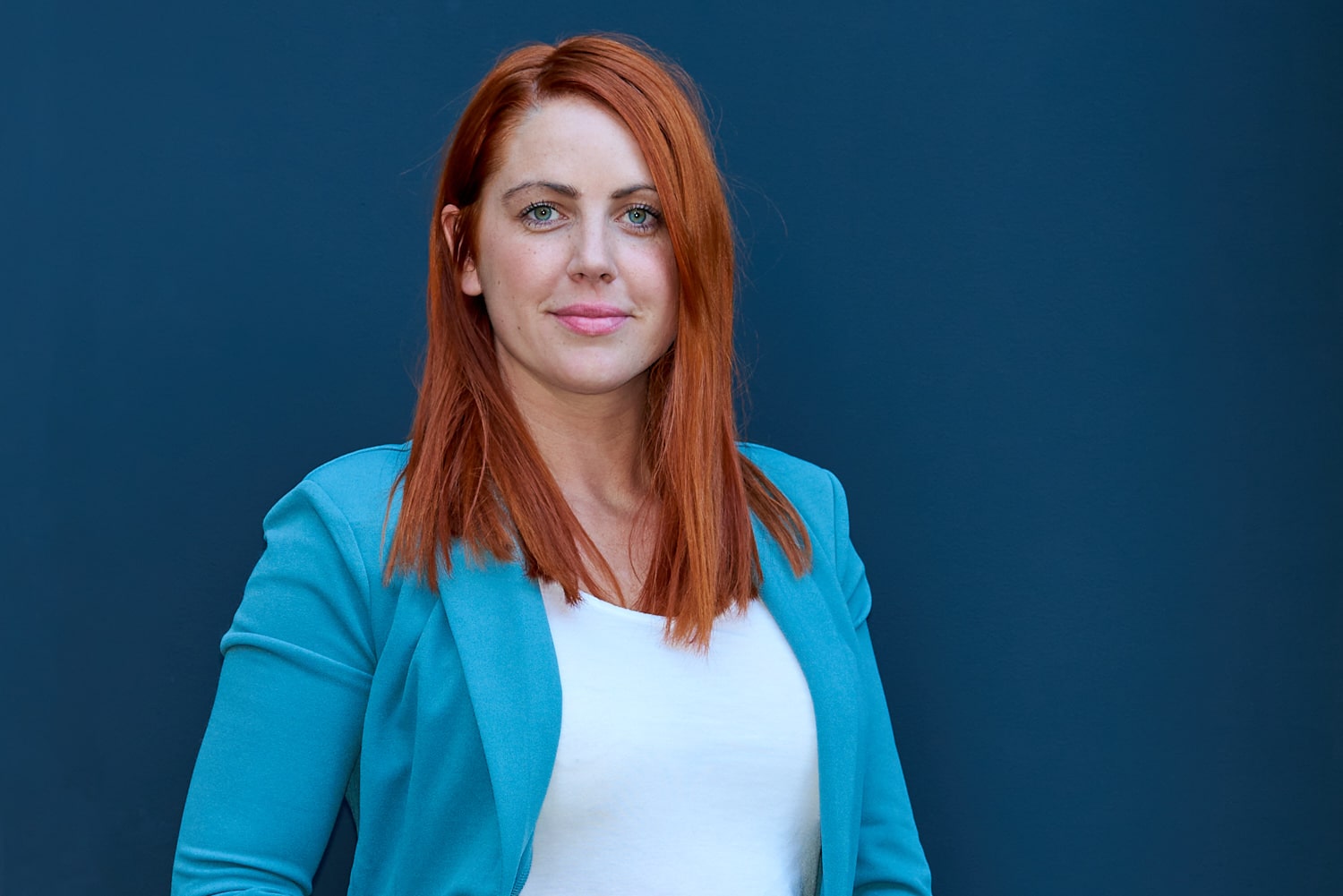Sydney Street Photography Spots & Tips
How to do Street Photography, Including Location Examples
Intro to Street Photography
Sometimes, photography (and art in general) isn’t just about capturing people, animals, or objects at their best and displaying the images where they can be perpetually admired. Street Photography is different.
There are times when photos that document everyday people and activities can have a more profound impact than shots that depict beauty alone as a theme. This, more than any other thing, is the essence of street photography.
Street photography is more complicated and nuanced than regular photography. For starters, there is no consensus as to what street photography is. And since you’ll most likely be taking these photos without the consent of your subjects, certain behavioural norms should be followed, if you don’t want to attract undue suspicion to yourself.
This article is for you if you’re interested in exploring the complex but ultimately rewarding world of street photography. Here, we’ll explain the subject in detail and include steps to help you conquer the initial trepidation and start making compelling street photographs like a champ.
Sydney Street Photo at Circular Quay View to Harbour Bridge
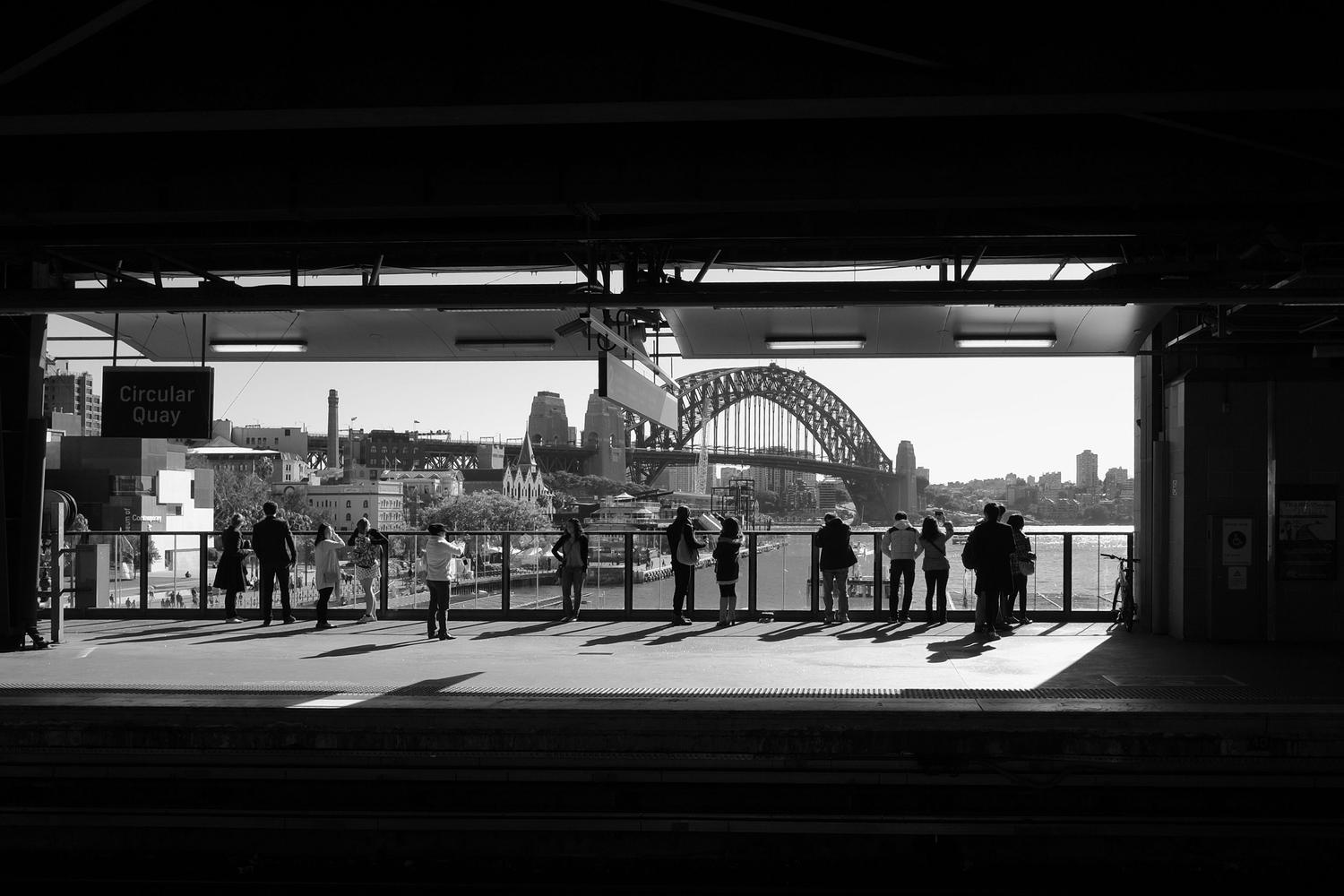
Street Photograph at Circular Quay Train Station Platform
I’m Interested in Learning Street Photography
What is it first?
If you asked two professional photographers to explain street photography, chances are they’ll come up with definitions that are both similar and fundamentally different.
The term itself is a bit confusing to start with since street photography does not necessarily have to be done in the streets. Ultimately, street photography is one of those things that are hard to describe satisfactorily, like explaining what salt tastes like. You’ll find it difficult to; you know when you taste it. Or in this case, when you see it.
Nevertheless, there are certain elements that can be taken to be integral to the essence of street photography. Essentially, street photography is photography that places focus on the mundane rather than the sublime. It is a candid photo that captures the beauty of everyday things and people.
Yet, in another twist, people do not have to appear in the photos. Street photography doesn’t need to always be about people for images to qualify as street photography. Other opinions vary on this statement.
“street photography is like one of those things that are hard to describe satisfactorily, like explaining what salt tastes like”
When we headed over to Wikipedia, it defined street photography as photography conducted for art or inquiry that features unmediated chance encounters and random events.
This suggests that street photography should be done without the approval or even knowledge of your subject. In other words, for the photos to be considered authentic, the moments they depict would need to be real, unposed, and spontaneous. At least, that’s what the purists say.
However, street photography can also be staged. In some ways, this allows the subject to open themselves up more and reveal details about their world that you, as the photographer, would not have had access to ordinarily.
Street Photography needs to be more than just pretty pictures
One thing that remains constant in the various conceptualizations of street photography is that its purview goes beyond form and beauty. In other words, while street photographs are expected (maybe even required) to be aesthetically pleasing, they should have more about them than just beauty.
Since street photography generally captures people going about their everyday lives, it should tell a story about its subjects and their lives or, at the least, a sense of the place. Street photos should convey emotions, feelings, ideas, and questions. They should capture and galvanize the imaginations of their audiences.
As a rule, focusing on what street photography is, rather than what it is not, can help fetch you a better understanding of the concept. In any case, rules in photography are far from rigid. After studying these rules, you’d still need to practice for yourself to figure out areas where these rules apply in your compositions and other places where you’d need to work around or entirely ignore them.
The next step is to figure out what makes a good street photograph; what are those elements that qualify a photo to be tagged as street photography?
What Makes A Great Street Photograph?
Contrary to what many newbie photographers seem to think, simply pointing a camera in the general direction of people on the streets does not qualify the photo as street photography.
In street photography, as in all other genres of photography, the rules of composition still apply. They can often be the difference between great photos and photos that won’t attract a second glance.
First of all, and this may seem fairly obvious, a great street photograph needs a clearly defined subject. Next, careful observation and application of the rules (or guidelines) of composition are absolutely essential for street photography to turn out great. Finally, street photography should tell a story and capture the attention, emotion, and sympathy of your audience.
If you’re able to integrate these elements into your compositions, you’ll have mastered how to take compelling street photographs.
If you are new to street photography and not sure about what to capture in the frame as it can get all a bit much in the beginning.
Tip; Put the camera’s rear view screen into black and white. Without colour there can be less distractions so you can focus more on composition and “interesting” subject matter.
Should Street Photographs Include People?
On this, the jury is still out. Many photographers suggest that people do not have to be present in the photos for them to qualify as street photography.
The other side of the divide are visual artists who remain staunch in their belief that street photography cannot qualify to be known as that without the presence of people in it.
Both arguments are not completely wrong. However, a better and more moderate way to look at things is that street photographs do not need people; the suggestion that someone was there is enough.
Sometimes, merely leaving a hint of people without actually revealing who they are in a photo can make that photo more engaging and thought-provoking, making the viewer wonder about the full story behind the scene.
For instance, a picture of a deserted street filled with discarded items (or pieces of clothing) can conjure powerful images in the minds of audiences, making them wonder what the full story behind the picture is.
In that instance, the mere suggestion that people were present in that scene ends up being enough.
Another technique is to capture shadows, even though the image does not reveal the person (or people) making the shadows.
We’ll dive into shadow, contrast, leading lines, camera types and much more detailed techniques further below.
Read More
Annual Reports Photographers in Sydney, NSW
Orlando Sydney2024-06-18T17:15:48+10:00
Sydney Business Portrait Photography – Style with a Smile
Orlando Sydney2024-06-18T17:12:04+10:00
Photobooth Services in Sydney, and Sydney CBD
Orlando Sydney2024-06-10T15:41:48+10:00
Event Video Sydney – Engaging Video Production Services
Orlando Sydney2024-06-08T17:16:20+10:00
Event Social Media Wall Photographers in Sydney
Orlando Sydney2024-07-03T15:57:16+10:00
Sydney’s Affordable Commercial and Advertising Photography
Orlando Sydney2024-06-08T16:54:46+10:00
Places in Sydney to Capture interesting Street Photos
The best places to capture great street photos is within the City of Sydney and CBD in our opinion.
Any central business district will also provide your with ample opportunity to capture life in motion so you can freeze a frame and tell your version of the story.
During busy business hours there can be a hive of activity with masses of people coming and going. Areas that have this bustle are around;
- Circular Quay
- George Street Sydney
- The Rocks
- Queen Victoria Building
- Town Hall Station
- Darling Harbour
- Hyde Park
There are many new walk ways above roads with cool looking designs that make for great framing of the main subject, usually a person that makes for a photo that holds the views attention longer than usual.
The areas also have great photo opportunities late in the day or in winter when the shadows are at there longest creating leading line of sight to the main focal point in the photo.
When its raining with high winds many CBD areas can increase the wind strength like wind tunnels. There are some great shots to be had of people with bent or damaged umbrellas crossing the streets.
Rain is a great time to head out for some street photography as there will be ample examples of reflections in the puddled water and reflective surfaces.
Does street photography have to be black and white to be authentic?
Street photography can be in full colour or in the traditional black and white.
A lot of street photography is either captured in black and white or is processed that way in editing software. Back in the old days there was only black and white film. Sometimes the artist would add a hue to it. Which is why we see so much of it now still.
Black and white can help clean up the image as far as visual distractions, the storytelling photo becomes clearer with less distractions that colour can introduce.
Shoot in raw, switch your preview screen to black and white and shoot for a day and you’ll see what we mean.
Shooting Street Photos at Night
Night street photography can be challenging with the obvious low light conditions but it can also be very rewarding. Once you’ve dialled in your camera settings and found a wall or post to lean on you will get street photos that most of the other photographers will not even have thought of. At night the light and dark contrast play will be obvious. In evenly lit roads it may be that it is evenly lit up depending on how built up the city or town you are in.
Night photos can have an extra sense of drama and energy. Think of a hot summer night with lots of people in nightclub areas or café and restaurant lined precincts. Use your imagination and some care at night for wonderful opportunities in capturing our nocturnal life.
Shadows in Street Photography
Shadows in street photography can play a major role in creating some mystery in a street photo. Famous artists and painters love working the shadows in art, and it works well in photography too. Shadows can be from night time street lights or during the day in natural light. Shadows selected intentionally can add tension and therefore more interest in the photo.
High Contrast
High contrast in photography can be utilized to hide some of the distracting detail. High contrast in photos can also be used to accentuate the main subject. These high contrast opportunities either on location or added in post production can help create long leading lines that guide the viewer’s eye to your main story in the photo.
Time of Day
Whether you choose winter or summer the time of day can play a huge role in capturing the stereo typical street photo with long leading lines of high contrast light and dark. Mid summer you’ll get no long shadows except an hour or two before sunset and same for sunrise.
In winter these long lines that draw the eye to your focal point are much easier to find.
Time of Year
We find the best time of year for street photography using long lines of high contrast , light and shadows is in winter when the sun is low in the sky and the shadows are longer.
In big cities with tall buildings there will be a lot of areas that will not have these long shadow lines so scope out a place at different times of the day and then re visit for this type of street photo.
Should Street Photos Be All Candid?
For the most part, street photographs should be shot candidly, since the photos are best when they are unplanned and spontaneous.
Informing your subject of your intentions may make them self-conscious and force them to act less naturally than they normally would. The natural reaction of most people when a camera lens is placed in front of them is to strike some kind of pose.
On the other hand, making your subjects aware of your intentions can, in some cases, improve the quality of your photo, as we noted earlier on.
In addition, it will also loosen you up as the photographer and make you act more naturally since you’ll be operating without the fear of getting caught invading their privacy. And the importance of eye contact in street photography cannot be overestimated.
What narrative can you get out of this street photo?
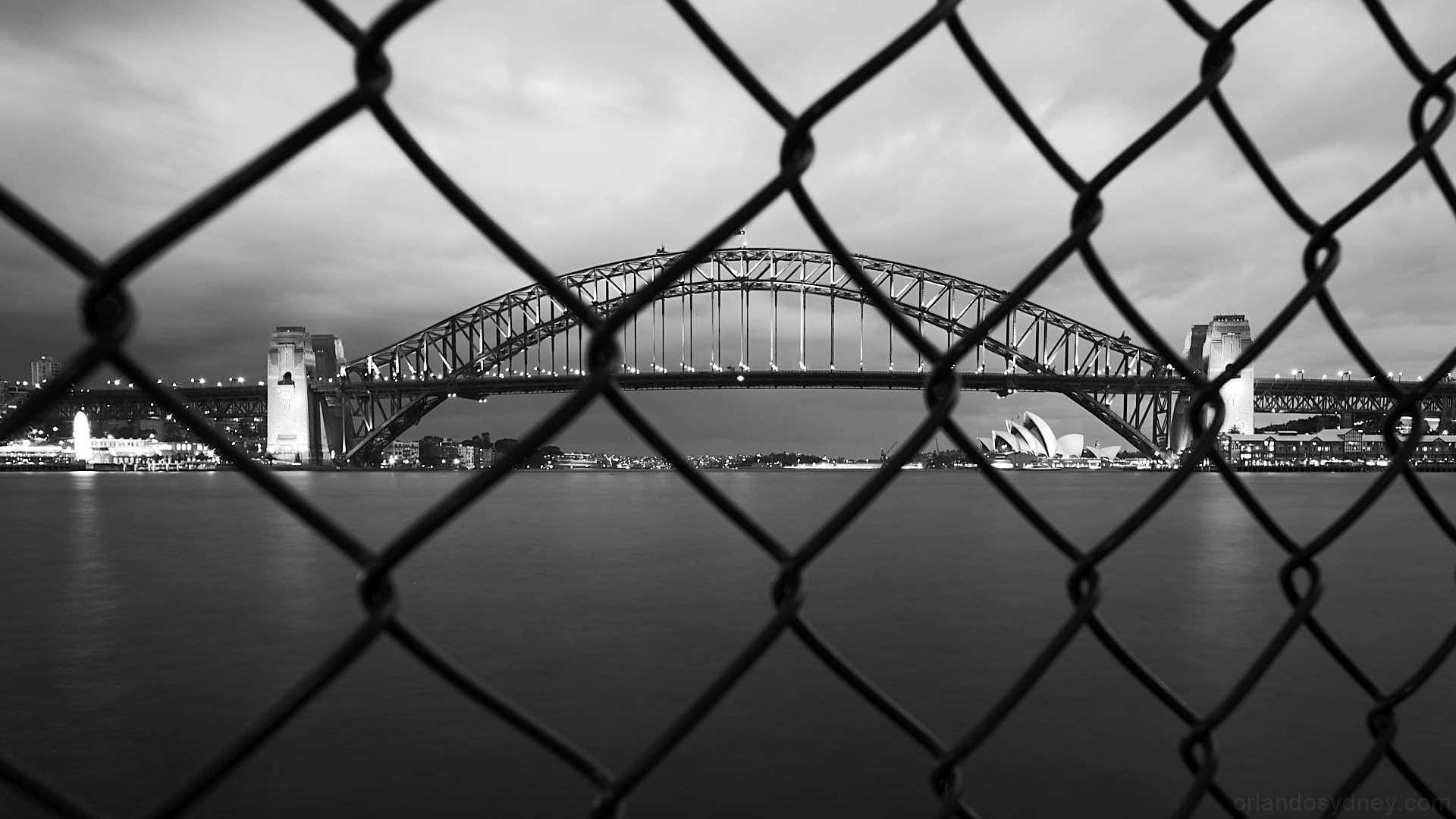
City Scape Photo with Fence at Blues Point Park, North Sydney
Law and Ethics
Street Photography Ethics and Legality
Since street photography often involves taking photos of random people without their knowledge or permission, there are natural question marks about its morality and even legality. We recommend that you carefully research the laws pertaining to street photography in your area before you head out of your home.
This is not legal advice, seek a professional for the laws in your local area.
In several countries including the United States, street photography is perfectly legal, as long as the photographs are used for artistic purposes. The photos can not be used for commercial or advertising purposes, but they can be sold, used in online articles, and depicted in books, just like any other piece of art. However, it’s also important to note that taking photos of people without their permission is illegal in many other countries.
The ethics of street photography is more subjective and as such, is a little more complicated to define. Most people will understandably balk at having their photos taken by complete strangers, forcing photographers to resort to underhanded measures, in order to capture their ideal photos and maintain the spontaneity of the scene. It can feel thoroughly invasive and downright creepy sometimes.
The subject of ethics in street photography largely depends on the photographer and what you’re willing to do, and are comfortable with. That said, taking candid photos of people doing extremely private things is unethical and illegal.
Where can I get information on Sydney street photography legalities?
There two great places we know of to get free information about your rights about street photography in Sydney.
One is Arts Law, they cover what you can do and also some areas you need to be aware that in some jurisdictions you need to get permission first. Direct link here.
Such as Sydney Harbour Foreshore Authority. Other places such as The Sydney Opera House, says no commercial photos of the outside design. Although there may be some leniency as there are a lot of wedding couples that have a professional photographer taking lots of shots.
The other place you can read about street photography rights is titled “Australian Street Photography Legal Issues” although last updated in 2016 it is more of an easy to read style, written by Andrew Nemeth.
Rally’s and Protests provides a photographer with many people watching and photo opportunities.
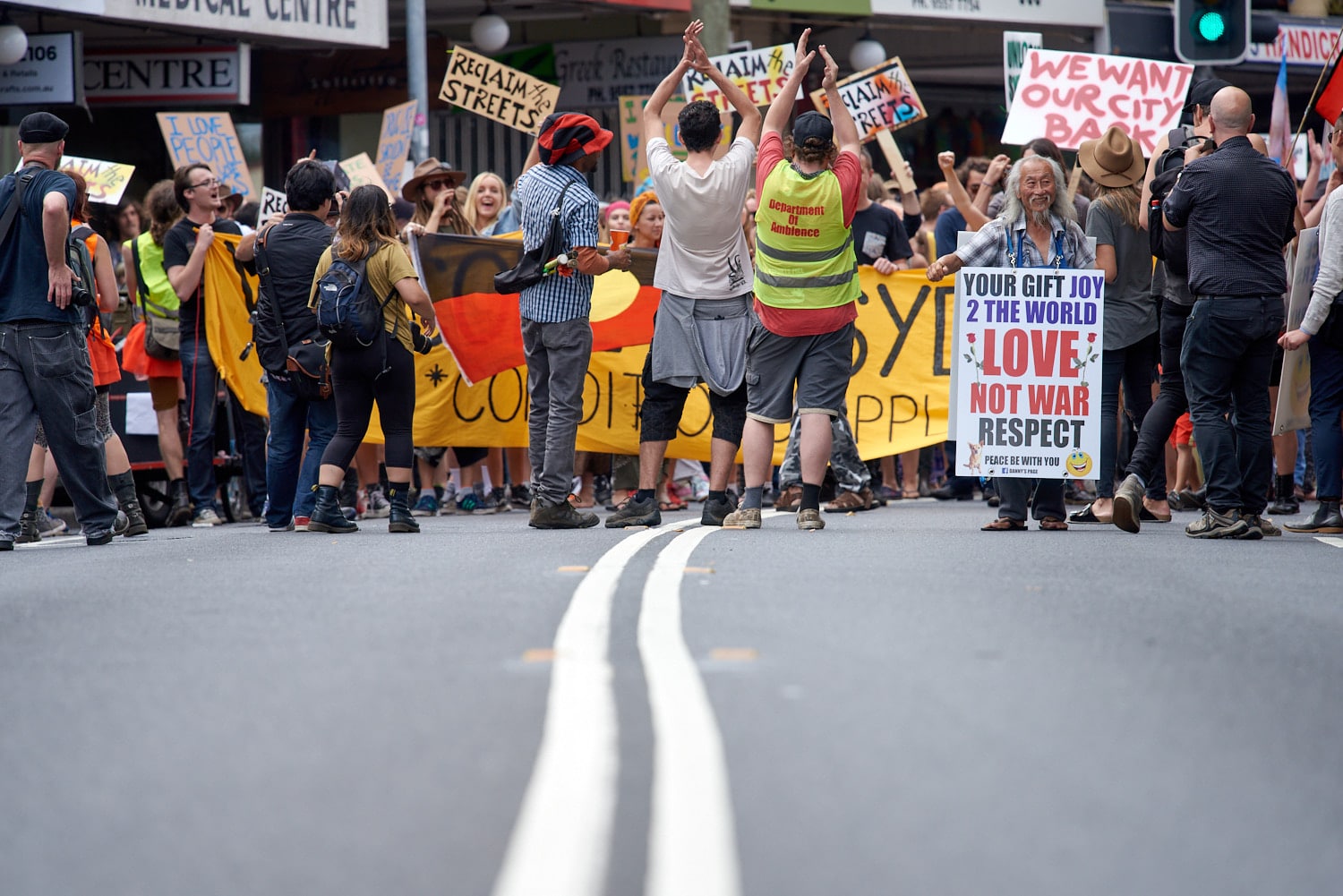
Some Street Photography Codes of Conduct
People are different, so it’s difficult to accurately guess the reactions of different people if they notice you taking photos of them without their permission. However, these rules of engagement will help ensure that you don’t get into serious trouble if you get spotted, and also helps you defuse situations before they spiral out of control.
Smile and Be Respectful
The best way to avoid unnecessary conflict in street photography is to be respectful of people’s requests. If your subject declines your request to have their picture taken, simply apologize and walk away, no matter how interesting you believe them to be. The streets are never short of interesting people, and chances are, you’ll spot another opportunity before long.
Smiles can help de-escalate awkward situations when your subject sees you taking their picture. If you get caught like this, most times a simple smile of appreciation is all it takes to break the ice and forestall a confrontation. The subject is most likely to smile back and everything goes back to normal. However, if the person is adamant and wants their photo deleted, quickly apologize and do that.
Photographing Children
The first thing to do if you see a great photo opportunity where kids are involved is to ask for permission from their parents and guardians. Parents can get very protective of their children and no explanation, no matter how genuine, will save you from an irate parent (or the law even) if you ever forget to do this right first.
In the vast majority of cases, parents will be only too happy to let you take the photos when you ask. If you cannot locate the parents or guardians of the child, you can conceal the faces of the children in your composition. However, it’s always best to seek permission first.
Photographing Homeless People
Many photographers draw the line when it comes to taking photos of homeless or disadvantaged people. On the flip side, there are people who take these photos and do compassionate and humanitarian things with them. The choice here depends on you. If you feel that you’d be comfortable with having your picture taken if the roles were reversed, then it may be alright to take those photos.
If you are documenting for the Local Council or are an accredited Media then you might have some good reasons for doing so but without such good reasons, leave the ‘homeless’ alone.
Always remember, taking photos of people who sleep rough / on the streets is shunned by most people. Essentially people who live rough on the streets, under bridges or shelters, these places are their home.
Taking photos of people in their homes without permission is a big no no. Don’t do it.
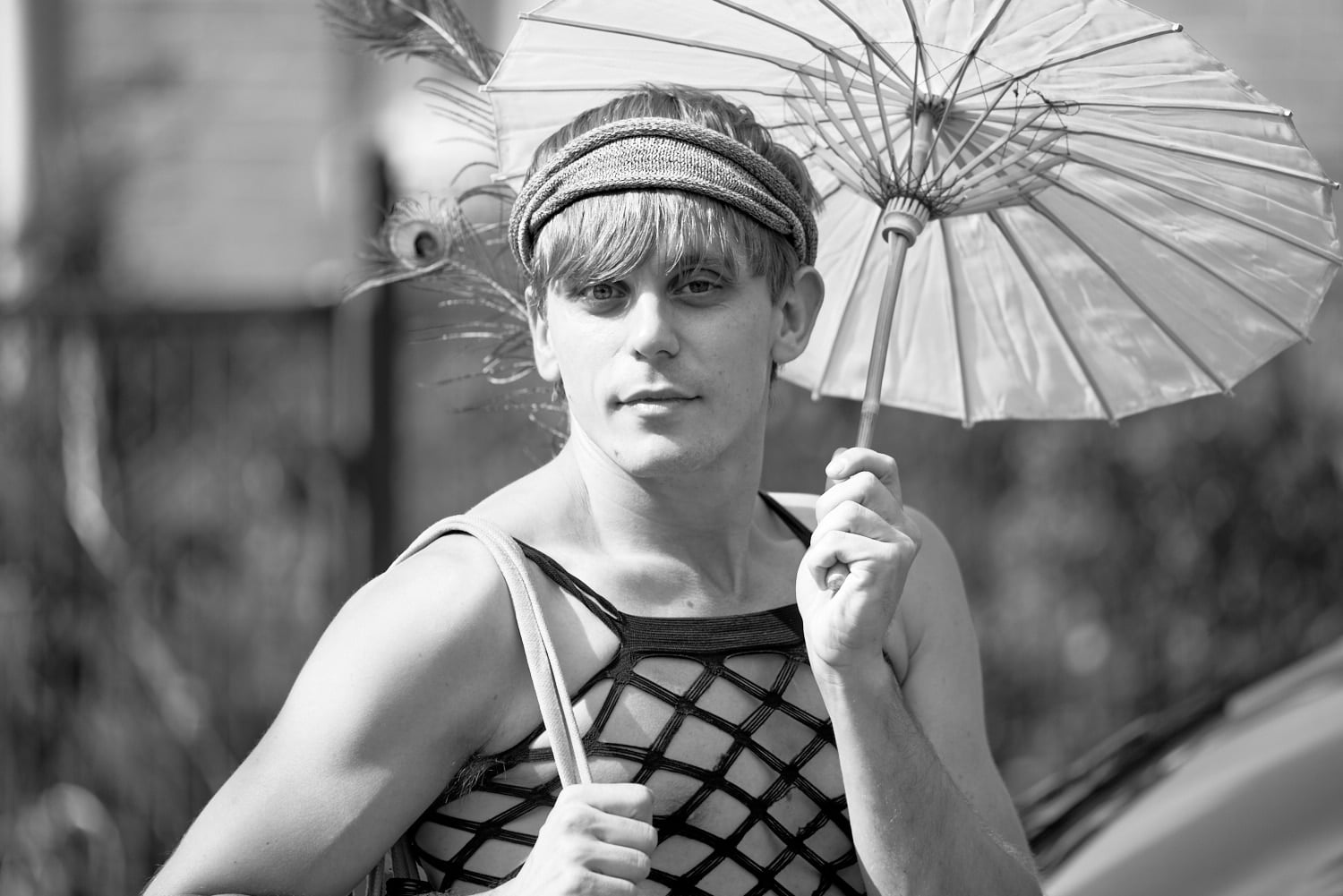
Street Parade Photo
Getting Started Doing Street Photography
Having covered the basics and all the legal and ethical aspects, the next step is to proceed to the heart of the subject matter – the small matter of actually doing street photography. Since this is likely to be your first time doing it, you’ll most probably have the inevitable jitters. Learning how to conquer your fears will be the first thing to do. Next, you’ll need to train yourself to identify interesting photo opportunities.
That last part will come naturally with practice, so, you’ll need to remember to practice quite a lot and also have fun while at it.
Dealing With The Fear
Fear is the first thing street photographers need to deal with. Even if you consider yourself the confident type, interacting with complete strangers without their knowledge or consent, and with the spectre of censure always looming large, is enough to give anyone pause. Here are some things you can do to get past this block.
Your location can help you get to grips with this block in a big way. Street photography is easier in big cities with a reputation for anonymity, and where everyone minds their business, than in smaller cities, for instance. It’s also a fact that people living in Hollywood will be much more comfortable around cameras than people from smaller towns. Nevertheless, it shouldn’t play a massive role.
You can try formulating a speech beforehand, in case you get caught. If you do get noticed, remember to smile and own up to taking their photo. You can then explain your reason, and that they looked perfect for your project (flattery them a bit). Show them the photo and offer to send them a copy. If that doesn’t work, then offer to delete the photograph. This approach works for the majority of times, and you’ll dread getting caught less.
When you’re just starting out for the first time, it’s a smart move to go to places where you’re guaranteed to find large groups of people, such as fairs, concerts, and other big events. You won’t feel so out of place with your camera in these places, and since there are bound to be other people holding cameras there, you won’t stand out as much and you can take shots without pressure.
Alternatively, you may choose your spot (in or close to a crowded area, like a park) and let your subjects walk up to you. This method has the double advantage of letting you decide which moment is interesting enough to capture, and providing you extra leverage, since they’ll be entering your space and not the other way around.
“Street photography is one of the most unique, powerful, and impactful genres of photography”
Tips For Great Street Photography
Now for the final steps before you’re ready to head out to the streets. Knowing these tips will help you shoot great photographs right from the off.
Use the Right Gear and Settings
Needless to say, you’d need to pack the right camera and other equipment before you head out in search of your subject. While the choice of camera itself does not matter in most cases, using the right camera can often be the difference between producing good photos and producing great ones.
Since your first concern is likely to blend in and not stick out like a sore thumb, you should consider using a light prime lens, as they make your camera lighter and less conspicuous. As for settings, we recommend shooting in either of Aperture Priority, Shutter Priority, and Manual Modes for the experienced. Also, consider using Auto ISO to ensure that you nail the right shutter speed for prevailing lighting conditions.
Small inconspicuous camera gear is the usual way most photographers go about it. The other is to use your biggest camera body and lens, and have a flashy shoulder strap. This will make it very obvious you are taking photos and put you in a comfortable position of not feeling like you’re being sneaky in any way. You are visually shouting “Street Photography in progress”. Try both and see which works better for you.
Don’t Be Afraid to Get Close
Your photo will be so much better for it if you get close enough to your subject so that you capture as much detail as possible. Use a wide-angle lens and let your frame occupy the whole scene. Being involved in the action, as a photographer, will help your audience get immersed in the scene easier too. However, you’ll need to be moderate with how you execute this advice, because getting too close can be a bad thing as well.
Don’t fill up the scene with your subject. Try to include background detail as well. Street portraiture includes lots of the landscape in the shot.
Blend In
Learning how to not stand out as much as possible will drastically improve your chances of getting as many candid shots as you want, without your subjects being the wiser. Find a way to look like a tourist or like someone who hasn’t yet gotten the hang of cameras, and you’ll find yourself hiding in plain sight.
Also, try to avoid making eye contact, as much as possible. And after you’ve taken your desired photo, rather than immediately remove the camera from your eye, keep it to your eye as your subject moves away. This way, they’ll think you are only interested in the background.
Always Be Prepared
You never know where or when the opportunity for a great photo might pop up, so, it would be great if you went everywhere with your camera. Writers go everywhere with their notepads and pens; as a photographer, you should always keep your camera within reach at all times.
Photo opportunities appear and disappear in the blink of an eye. Have those camera settings ready to go.
Take Photos Every Where You Go
Again, there’s no telling where you’ll luck upon a great scene, which is why you need to experiment with taking photos in places most people would consider uninteresting.
When you’re just learning the ropes, take pictures of where you live, work, and other places you interact with daily. You’ll notice the quality of your photos improving the more time you spend in a particular place, and as you reimagine the possibilities open to them.
Capture Emotions
Remember that emotions resonate better with your audience. Capturing emotions in your photos helps your audience connect with your composition. It draws them in, makes them use their imaginations. Best of all, it makes them become invested emotionally in your photos.
Photograph People’s Backs
If you don’t feel confident enough in trying to take pictures from the front, there’s nothing stopping you from shooting from their backs. In any case, back photos can be just as remarkable as shooting people’s faces, if you do it right, plus, there’s only a minimal chance of you being spotted. To spice things up a bit, look for people wearing colourful clothes or hats.
Photograph Street Performers
One of the greatest ways to get valuable practice as a budding street photographer is to shoot photographs of street performers. For one thing, they’re no strangers to having their pictures taken, and for another, making them aware of your intentions will not adversely affect the spontaneity of the scene. You can shoot to your heart’s content, and practice different angles and settings.
Just don’t forget to drop some money in their bowl or hat.
Don’t Worry Too Much About Image Quality
Nobody is expecting street photography to be flawless. So, focus more on getting your composition, drama, light, and most importantly, your story right. In our experience, little imperfections in street photography tend to increase the impact of the photo rather than detract from it. If you notice flaws when editing your street photos, and you’re tempted to discard them, our advice is, don’t.
Final Words
Street photography is one of the most unique, powerful, and impactful genres of photography that’s readily available to anyone who can leave their home. However, it’s always one of the most demanding and exacting, and there’s a potential for conflict inherent in it. Little wonder, then, why so many photographers tend to avoid it.
If you’re convinced that street photography is for you, we’ve examined the whole concept closely in this article, complete with tips on how you can become a champion street photographer.
Remember, however, that practice remains king. Apart from improving your photography skills, practice helps you build confidence. So, practice, a lot.


